Scientists believe they have found the first fish able to recognize itself in a mirror. The result is surprising because this ability is usually only found in animals with bigger brains.
The “mirror test” is a way to test whether something can recognize itself. A mark is secretly put on an animal, usually in a spot that can only be seen with a mirror. Then the animal is allowed to look in a mirror. If the animal seems to pay attention to the mark, scientists believe the animal has recognized itself (and knows that the mark is not supposed to be there).
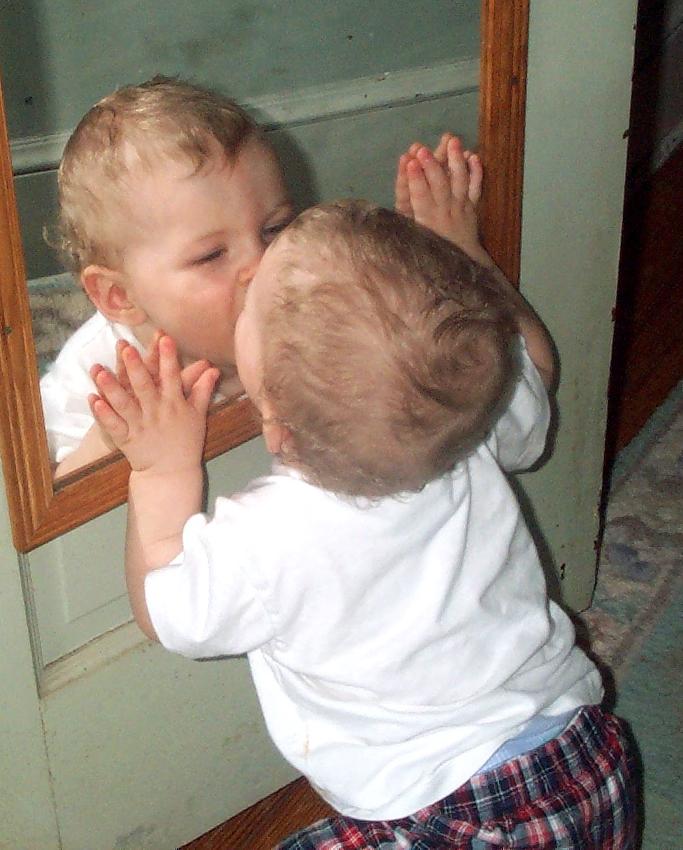
(Source: roseoftimothywoods [CC BY 2.0], WikimediaCommons.org.)
The mirror test is often seen as a good way to learn if an animal is aware of itself – one sign of how smart an animal is.
This skill has mainly been found in animals with large brains, such as dolphins, chimpanzees, and elephants. Even humans don’t usually pass the mirror test until they are about a year and a half old. Just one kind of bird has passed the mirror test. And now, a fish.
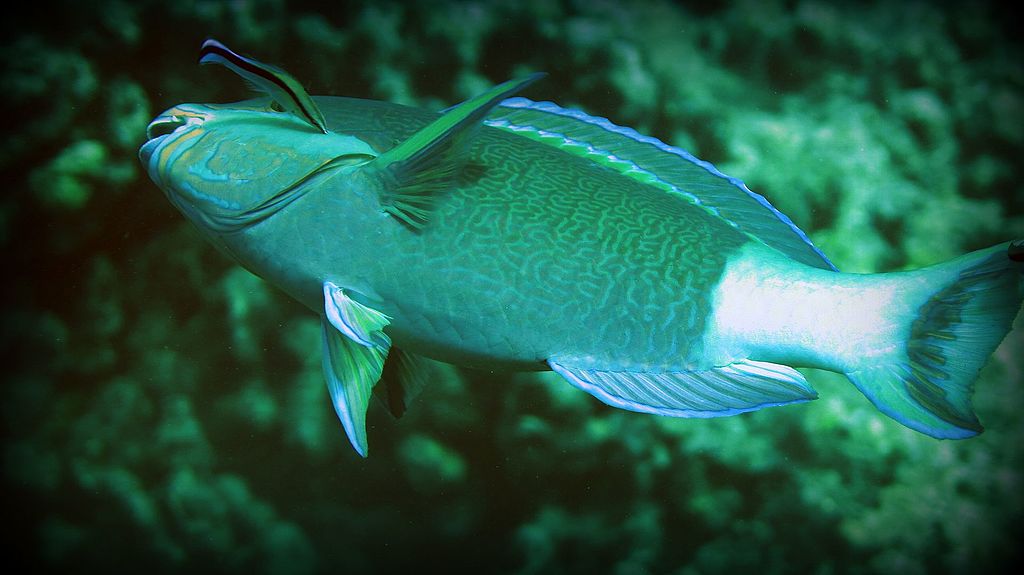
(Source: PoojaRathod [CC BY-SA 4.0], from Wikimedia Commons.)
Cleaner wrasse are small fish that run “cleaning stations” in the sea, where they clean larger fish. When the big fish have parasites (like a dog might have a tick), the cleaner wrasse eat the parasites. This works out well for both the larger fish and the cleaner wrasse.
To test the wrasses, scientists put each wrasse in a tank with a mirror. They gave the fish a chance to get used to the mirror and watched their reactions. At first, the wrasse challenged the “other fish” by swimming up to the mirror and “mouth fighting” it.
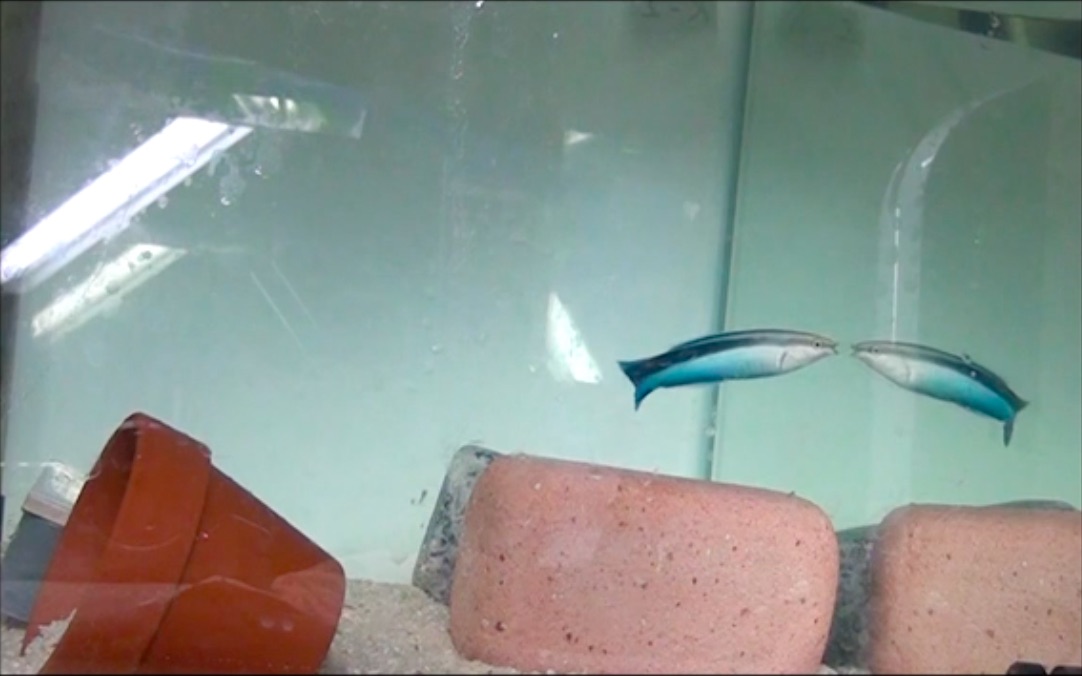
(Source: Kohda M, Hotta T, Takeyama T, Awata S, Tanaka H, Asai J-y, et al., plos.org.)
But soon the wrasses seemed to understand that something funny was happening. They began to swim toward the mirror upside down or in other unusual ways. It was like they were testing whether the fish in the mirror was really them.
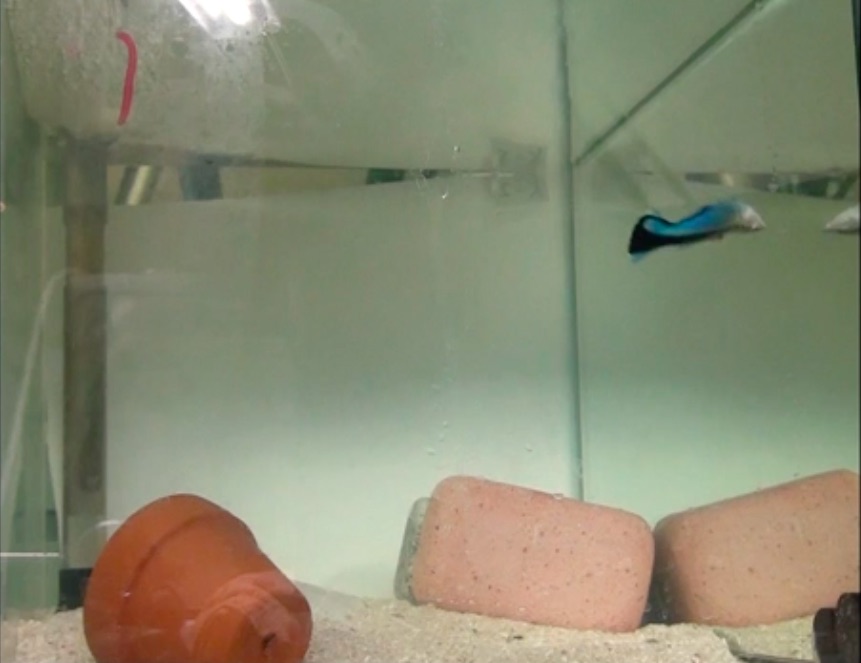
(Source: Kohda M, Hotta T, Takeyama T, Awata S, Tanaka H, Asai J-y, et al., plos.org.)
Once the wrasses seemed used to the mirror, the scientists gave the wrasses a mark by putting the fish to sleep and injecting something under their skin. Some of the fish got a brown mark. Other fish got a clear “mark” – they got an injection, but the mark didn’t have a color and could’t be seen in a mirror.
After looking in the mirror, the wrasses with the brown marks would rub the area with the mark (usually the face or throat) against the sand in the bottom of the tank. Then they would go back and look in the mirror again, as if checking to see if the mark was still there.
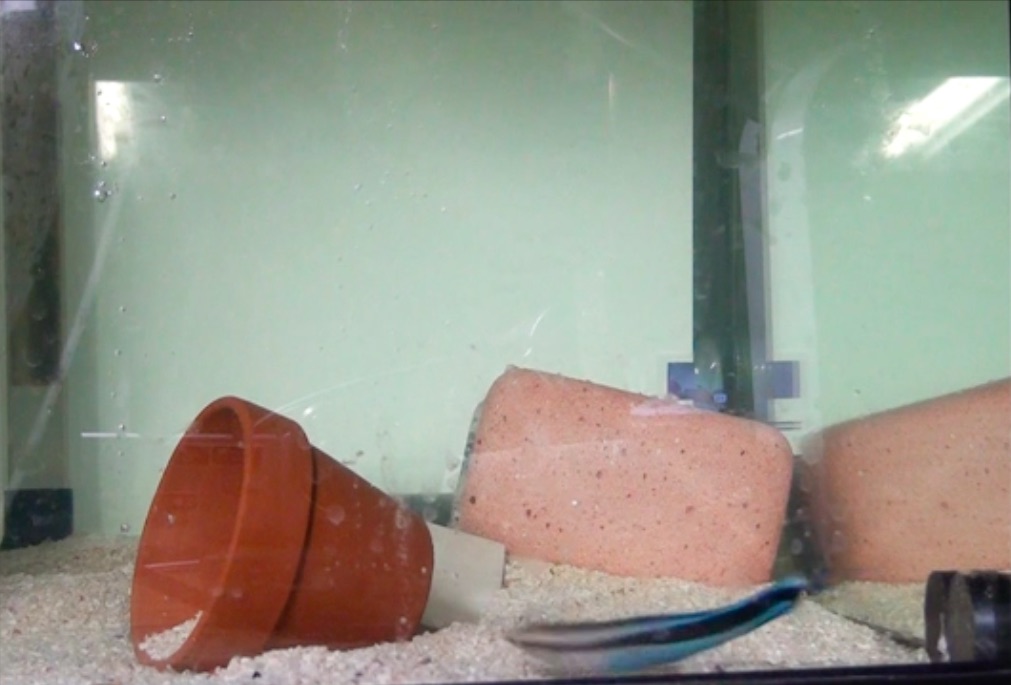
(Source: Kohda M, Hotta T, Takeyama T, Awata S, Tanaka H, Asai J-y, et al., plos.org.)
But when wrasses with brown marks were put in tanks without mirrors, they didn’t try to rub their marks away. And wrasses with clear “marks” didn’t either, even when they could see themselves in the mirror.
The unexpected results are making some people look hard for other ways to explain how the wrasses reacted. So even though the wrasses seem to have passed the mirror test, the scientists will need some time to reflect on exactly what that means.
